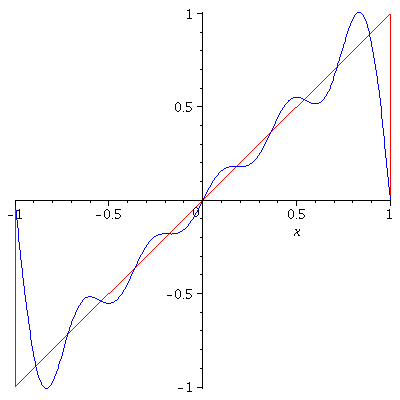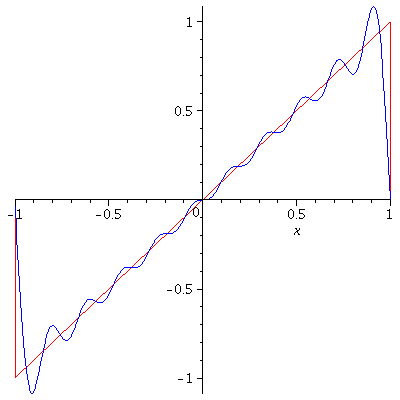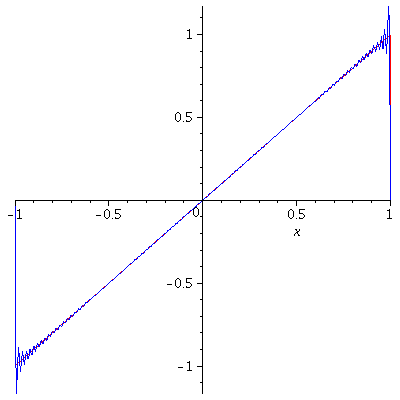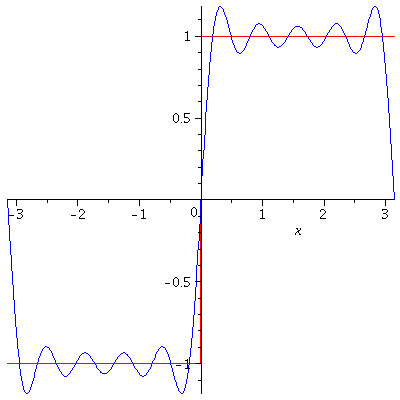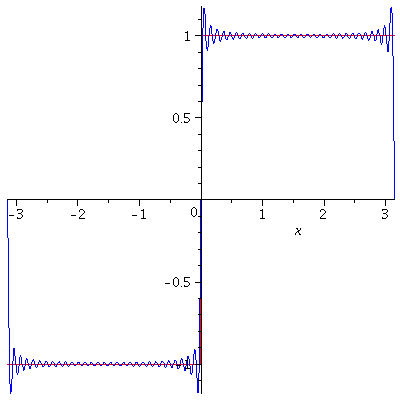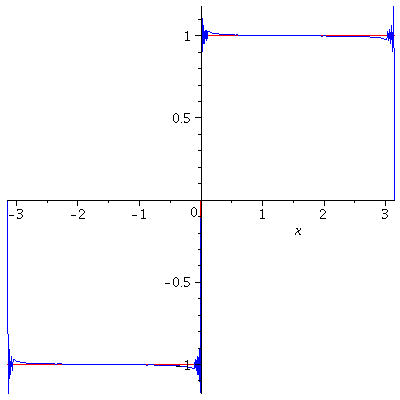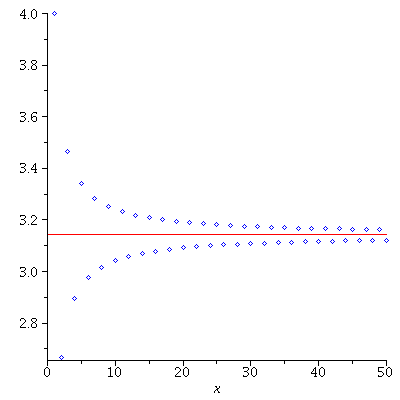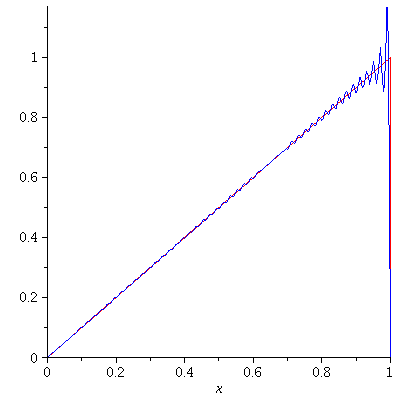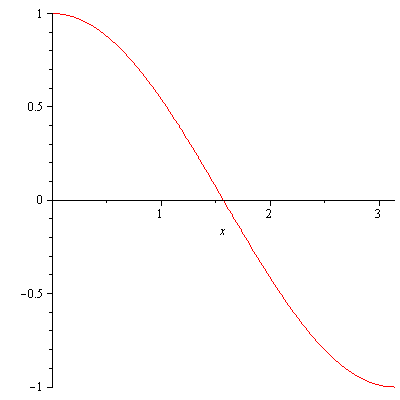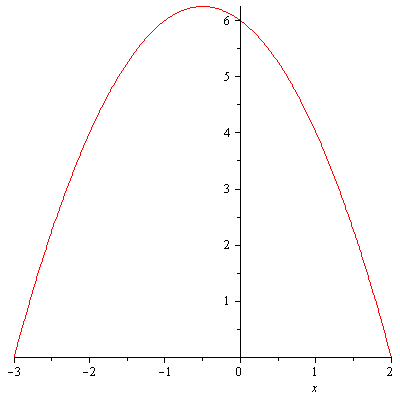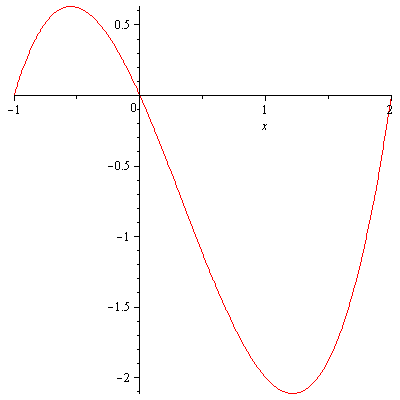Let us consider the function $y=\sqrt{x^2+1}$. Notice that this is a composite function $y=\sqrt{u}$ and $u=x^2+1$. In general, a composite function can be written as $y=f(u)$ where $u$ is a function of $x$, $u=g(x)$. While we know how to differentiate $y=\sqrt{u}$ (i.e. finding $\frac{dy}{du}$) and $u=x^2+1$ (i.e. finding $\frac{du}{dx}$), we do not know how to differentiate $y=\sqrt{x^2+1}$ (i.e finding $\frac{dy}{dx}$). In this lecture, we would like to devise a way to differentiate a composite function. This is actually very important because the differentiable functions we stumble onto most of time are composite functions.
Let $y=f(u)$ and $u=g(x)$ and assume that both $\frac{dy}{du}$ and $\frac{du}{dx}$ exist. Now,
\begin{align*}
\frac{\Delta y}{\Delta x}&=\frac{\Delta y}{\Delta u}\cdot\frac{\Delta u}{\Delta x}\\
&=\frac{f(u+\Delta u)-f(u)}{\Delta u}\cdot\frac{g(\Delta x+x)-g(x)}{\Delta x}.
\end{align*}
Hence,
\begin{align*}
\frac{dy}{dx}&=\lim_{\Delta x\to 0}\frac{\Delta y}{\Delta x}\\
&=\lim_{\Delta u\to 0}\frac{\Delta y}{\Delta u}\cdot\lim_{\Delta x\to 0}\frac{\Delta u}{\Delta x}\ (\Delta u\to 0\ \mbox{as}\ \Delta x\to 0)\\
&=\frac{dy}{du}\cdot\frac{du}{dx}
\end{align*}
or
\begin{align*}
\frac{dy}{dx}&=\lim_{\Delta u\to 0}\frac{f(u+\Delta u)-f(u)}{\Delta u}\cdot\lim_{\Delta x\to 0}\frac{g(\Delta x+x)-g(x)}{\Delta x}\\
&=f'(u)g'(x).
\end{align*}
Theorem. [The Chain Rule]
Let $y=f(u)$ and $u=g(x)$. If both $\frac{dy}{du}$ and $\frac{du}{dx}$ exist, then $\frac{dy}{dx}$ exists and
\begin{align*}
\frac{dy}{dx}&=\frac{dy}{du}\cdot\frac{du}{dx}\\
&=f'(u)g'(x).
\end{align*}
Remark. The derivation of the chain rule shown above is not rigorously correct. The reason is that $\Delta u$ may become $0$. There is a more rigorous proof of the chain rule but we will not discuss that here.
Remark. Students commonly feel a difficulty with applying the chain rule when they learn it for the first time. The difficulty usually is not about understanding the chain rule itself but identifying the function $u=g(x)$. The candidate for $u$ is usually the function inside parentheses (or brackets) or the innermost function.
Example. We are now ready to find $\frac{dy}{dx}$ when $y=\sqrt{x^2+1}$. In this case, we don’t see parentheses or brackets but the innermost function is $x^2+1$. Let $u=x^2+1$. Then $y=\sqrt{u}$. Now,
\begin{align*}
\frac{dy}{du}&=\frac{1}{2\sqrt{u}}\\
&=\frac{1}{2\sqrt{x^2+1}},\\
\frac{du}{dx}&=2x.
\end{align*}
so, we have by the chain rule
$$\frac{dy}{dx}=\frac{dy}{du}\cdot\frac{du}{dx}=\frac{x}{\sqrt{x^2+1}}.$$
Example. Differentiate $y=(x^3-1)^{100}$.
Solution. The function inside parentheses is $x^3-1$. So, it is our candidate. Let $u=x^3-1$. Then $y=u^{100}.$
By the chain rule,
\begin{align*}
\frac{dy}{dx}&=\frac{dy}{du}\cdot\frac{du}{dx}\\
&=100u^{99}\cdot(3x^2)\\
&=300x^2(x^3-1)^{99}.
\end{align*}
Example. Find the derivative of each function.
1. $y=\sin 4x$.
Solution. The innermost function is $4x$. Let $u=4x$. Then $y=\sin u$. By the chain rule,
\begin{align*}
\frac{dy}{dx}&=\frac{dy}{du}\cdot\frac{du}{dx}\\
&=\cos u\cdot4\\
&=4\cos 4x.
\end{align*}
2. $y=\sqrt{\sin x}$.
Solution. The innermost function is $\sin x$. Let $u=\sin x$. Then $y=\sqrt{u}$. By the chain rule,
\begin{align*}
\frac{dy}{dx}&=\frac{dy}{du}\cdot\frac{du}{dx}\\
&=\frac{1}{2\sqrt{u}}\cdot\cos x\\
&=\frac{\cos x}{2\sqrt{\sin x}}.
\end{align*}
Update: For those who are interested, the rigorous proof of the Chain Rule can be found here.


